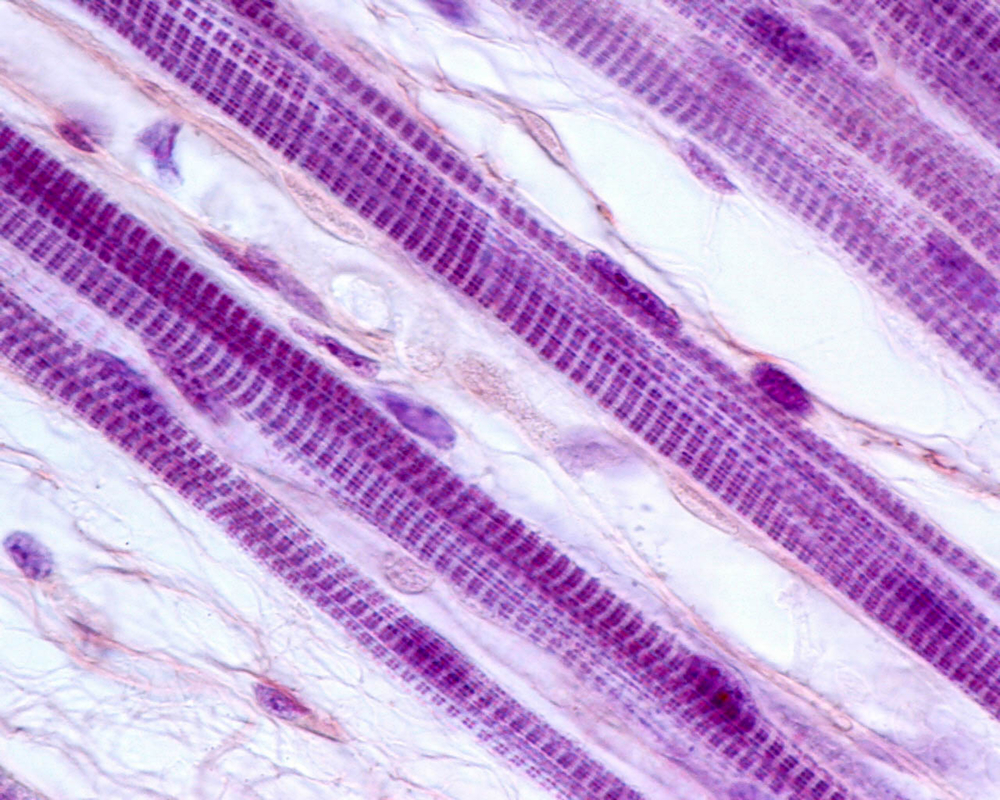Phase 1 Trials Results for FSHD Therapy to Be Presented at Neuromuscular Congress

Acceleron Pharma will present the results of a Phase 1 clinical study of ACE-083, its lead investigational therapeutic for patients with facioscapulohumeral muscular dystrophy, at the 14th International Congress on Neuromuscular Disease (ICNMD 2016) taking place in Toronto, Canada, on July 5–9.
According to a press release, the poster, “ACE-083, A Locally-Acting Muscle Agent, Increases Muscle Volume in Healthy Volunteers (Abstract 266),” will be showcased at the Exhibit Hall, Sheraton Hall A–F, Sheraton Centre Toronto Hotel on Wednesday and Thursday (July 8–9).
ACE-083 is an investigational protein therapeutic that has been designed for local administration to increase mass and strength in specific muscles and muscle groups. Acceleron is developing ACE-083 for diseases in which improved strength in a specific set of muscles may provide a clinical benefit, such as facioscapulohumeral and certain other forms of muscular dystrophy.
The Phase 1 clinical trial of ACE-083 in healthy subjects evaluated the safety and tolerability of single and multiple doses of ACE-083 as a local injection into selected skeletal muscles of healthy participants. The study also determined the amount of ACE-083 that reaches the systemic circulation following local administration, and whether local administration into skeletal muscle results in an increase in muscle size and/or strength.
Results showed that local administration of ACE-083 into the rectus femoris (RF) muscle was well-tolerated and associated with dose-dependent increases in muscle volume. Observed increases in muscle mass also compare favorably with systemic agents in development, and support further studies of ACE-083 in diseases with focal muscle involvement, such as facioscapulohumeral muscular dystrophy (FSHD).
The company is now planning to move ACE-083 into a Phase 2 clinical trial in patients with FSHD later this year.
Facioscapulohumeral muscular dystrophy is characterized by muscle weakness and wasting (atrophy). The condition gets its name from the muscles that are affected most often: those of the face (facio-), around the shoulder blades (scapulo-), and in the upper arms (humeral). The signs and symptoms of facioscapulohumeral muscular dystrophy usually appear in adolescence, but can vary. Milder cases may not become noticeable until later in life.






